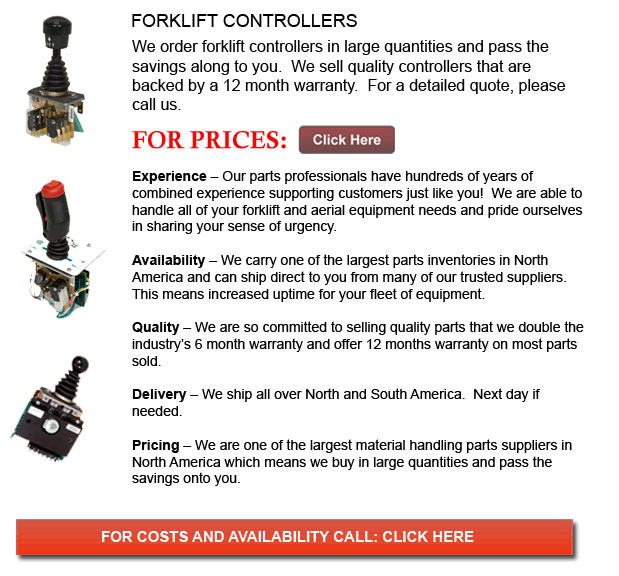
Forklift Controller - Forklifts are accessible in a wide range of load capacities and a variety of models. Most lift trucks in a standard warehouse situation have load capacities between one to five tons. Bigger scale units are used for heavier loads, like loading shipping containers, may have up to 50 tons lift capacity.
The operator could utilize a control to be able to lower and raise the tines, that could also be known as "tines or blades". The operator of the forklift has the ability to tilt the mast so as to compensate for a heavy loads tendency to tilt the blades downward. Tilt provides an ability to function on rough ground as well. There are yearly contests for skilled forklift operators to contend in timed challenges as well as obstacle courses at local forklift rodeo events.
Forklifts are safety rated for loads at a specific utmost weight as well as a specified forward center of gravity. This very important info is provided by the maker and placed on a nameplate. It is vital cargo do not go over these specifications. It is unlawful in numerous jurisdictions to interfere with or remove the nameplate without obtaining permission from the forklift manufacturer.
Most forklifts have rear-wheel steering to be able to enhance maneuverability inside tight cornering situations and confined spaces. This type of steering varies from a drivers' initial experience along with various motor vehicles. As there is no caster action while steering, it is no needed to utilize steering force in order to maintain a continuous rate of turn.
Instability is one more unique characteristic of forklift operation. A constantly varying centre of gravity takes place with every movement of the load amid the forklift and the load and they need to be considered a unit during operation. A lift truck with a raised load has centrifugal and gravitational forces which can converge to bring about a disastrous tipping mishap. To be able to avoid this from happening, a forklift must never negotiate a turn at speed with its load raised.
Lift trucks are carefully made with a specific load limit meant for the forks with the limit decreasing with undercutting of the load. This means that the freight does not butt against the fork "L" and will lessen with the rise of the blade. Normally, a loading plate to consult for loading reference is located on the lift truck. It is unsafe to use a forklift as a personnel lift without first fitting it with certain safety equipment like for example a "cherry picker" or "cage."
Lift truck use in distribution centers and warehouses
Important for every warehouse or distribution center, the forklift has to have a safe environment in which to accommodate their safe and efficient movement. With Drive-In/Drive-Thru Racking, a forklift should go in a storage bay that is multiple pallet positions deep to set down or get a pallet. Operators are often guided into the bay through rails on the floor and the pallet is placed on cantilevered arms or rails. These confined manoeuvres need skilled operators to be able to do the task safely and efficiently. Since each and every pallet requires the truck to enter the storage structure, damage done here is more frequent than with other kinds of storage. When designing a drive-in system, considering the size of the fork truck, along with overall width and mast width, have to be well thought out so as to make sure all aspects of an effective and safe storage facility.
![]() Click to Download the pdf
Click to Download the pdf
Forklift Parts
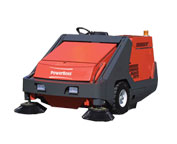
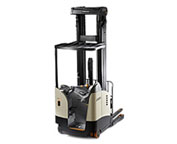
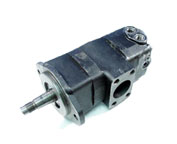
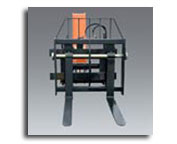
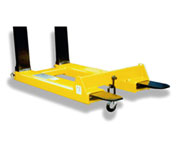
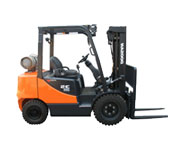
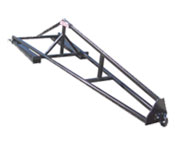
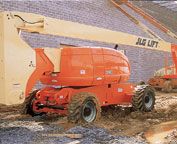
Lift Parts Express
TOLL FREE: 1-888-695-7994
Lake Charles, Louisiana
forkliftpartslakecharles.com
Email Us
About Us


